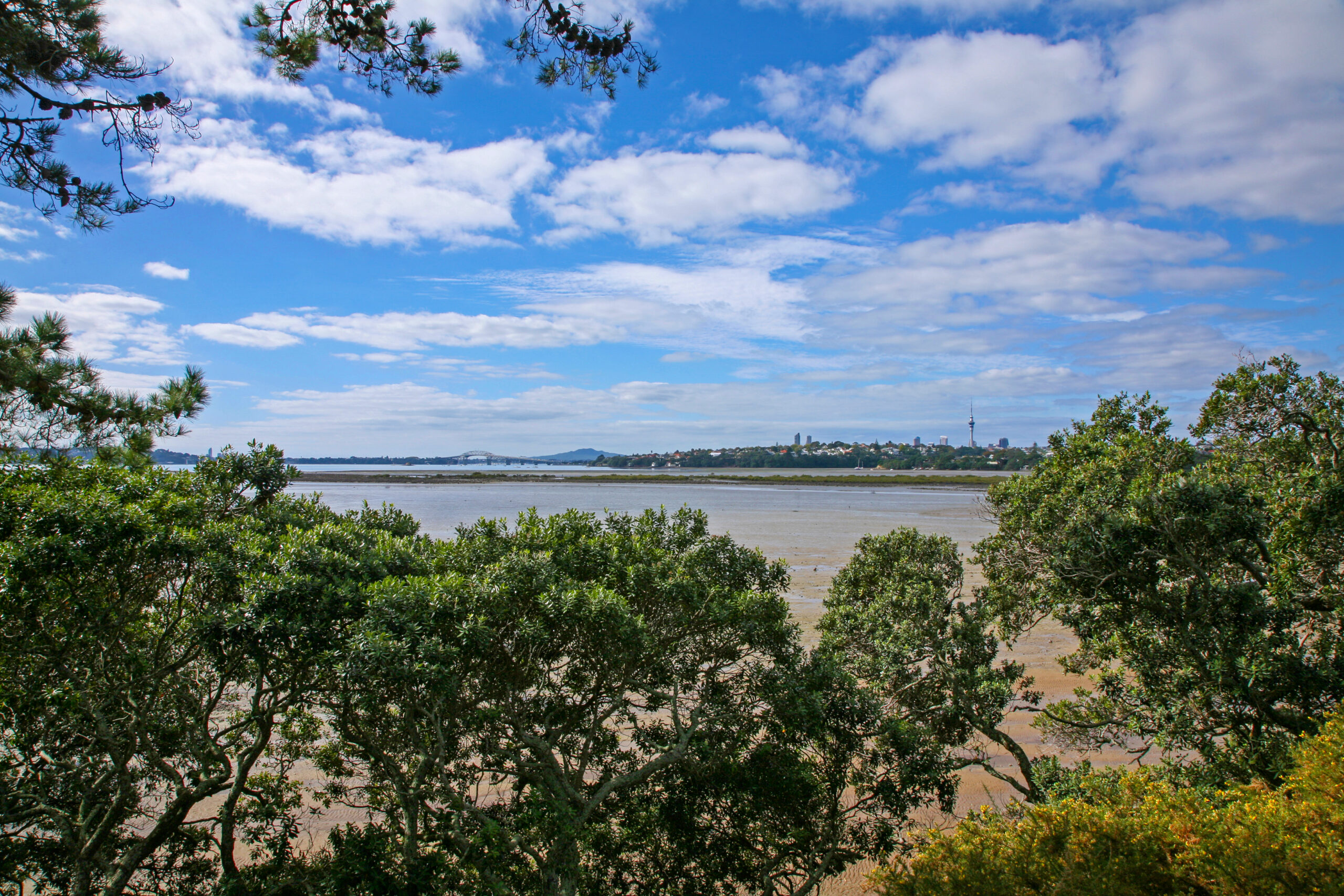Restoring rare wetlands biodiversity in Auckland

Nestled along the eastern edge of Te Atatū Peninsula in Auckland, Harbourview Orangihina Reserve unfolds as a mosaic of freshwater wetlands, salt marsh, and indigenous coastal forest. This expanse is home to many rare and threatened bird species, giving it ecological significance, while its ancestral connections ground it in deep cultural heritage.
The area holds historical meaning for Te Kawerau ā Maki and Ngāti Whātua Ōrākei iwi [tribes]. The name Orangihina—meaning “place of Rangihina”—honours an ancestress of both iwi and the wife of the great warrior Te Au O Te Whenua.
The landscape is rich in archaeological features, including both Māori and early European sites, and is located on the Whau River portage—a historic route connecting the Waitematā and Manukau harbours. Māori communities once lived here, drawing on the area’s natural resources. With European colonisation in the late 19th century, however, the wetlands were drained for agriculture, and the ecological balance began to decline.
Providing essential habitats
Today, Community Waitākere, in collaboration with Microsoft and the Society for Ecological Restoration, is working to restore the natural biodiversity and functions of the landscape. The project targets the reserve’s rare freshwater wetlands, which, over time, have become overrun by invasive pest plants.
Wetlands like the raupō swamp at the northern end of the park are ecologically vital but severely reduced, now less than 10% of their original size. Despite their limited size, these wetlands support a higher density of bird life per square metre compared to forests, providing essential refuge for threatened wetland species. Harbourview Orangihina, for example, provides a haven for mātātā (fernbird), pūweto (spotless crake), and moho pererū (banded rail)—and is even frequented by the secretive matuku (Australasian bittern).
While the park’s terrestrial vegetation is more modified, it still plays a vital role—acting as a protective buffer for sensitive freshwater and estuarine habitats within the upper Waitematā harbour. Threatened and at-risk species are found throughout the reserve, underscoring the importance of long term, landscape-scale restoration efforts.
Strengthening local ecosystems
Community Waitākere began the restoration work by collecting data and developing ecological reference models. A specialist contractor was brought in to manage pest plant species beyond the reach of community work, opening space for the return of native vegetation.
Through collaborative efforts, the team created detailed planting plans, including the reintroduction of native species. Once the plants were secured, volunteers stepped in to replant these areas, playing an essential role in bringing the landscape back to life.
“Through strategic planting, we have not only restored native species but also strengthened local ecosystems, all while collaborating with dedicated community groups,” noted Chris Burton, Community Environmental Strategic Lead at Community Waitākere Charitable Trust.
In addition to replanting efforts, the project supported animal pest control initiatives to protect native bird species. As diversity in the area begins to recover, continued maintenance will ensure the gains are sustained over the long term.
Reconnecting people with place
“The restoration of Orangihina is not just about bringing a wetland back to life,” said Kerry Allan, Chief Executive at Community Waitākere Charitable Trust. “It’s about reconnecting people with place, empowering local kaitiaki [guardians], and weaving together technology, community, and te taiao [the natural world with humankind included] to create a better future for generations to come.”
By combining ecological science and knowledge with community engagement, the Harbourview Orangihina restoration aims to restore and safeguard the reserve’s complex and diverse ecosystem—honouring its past while ensuring its resilience for future generations.

